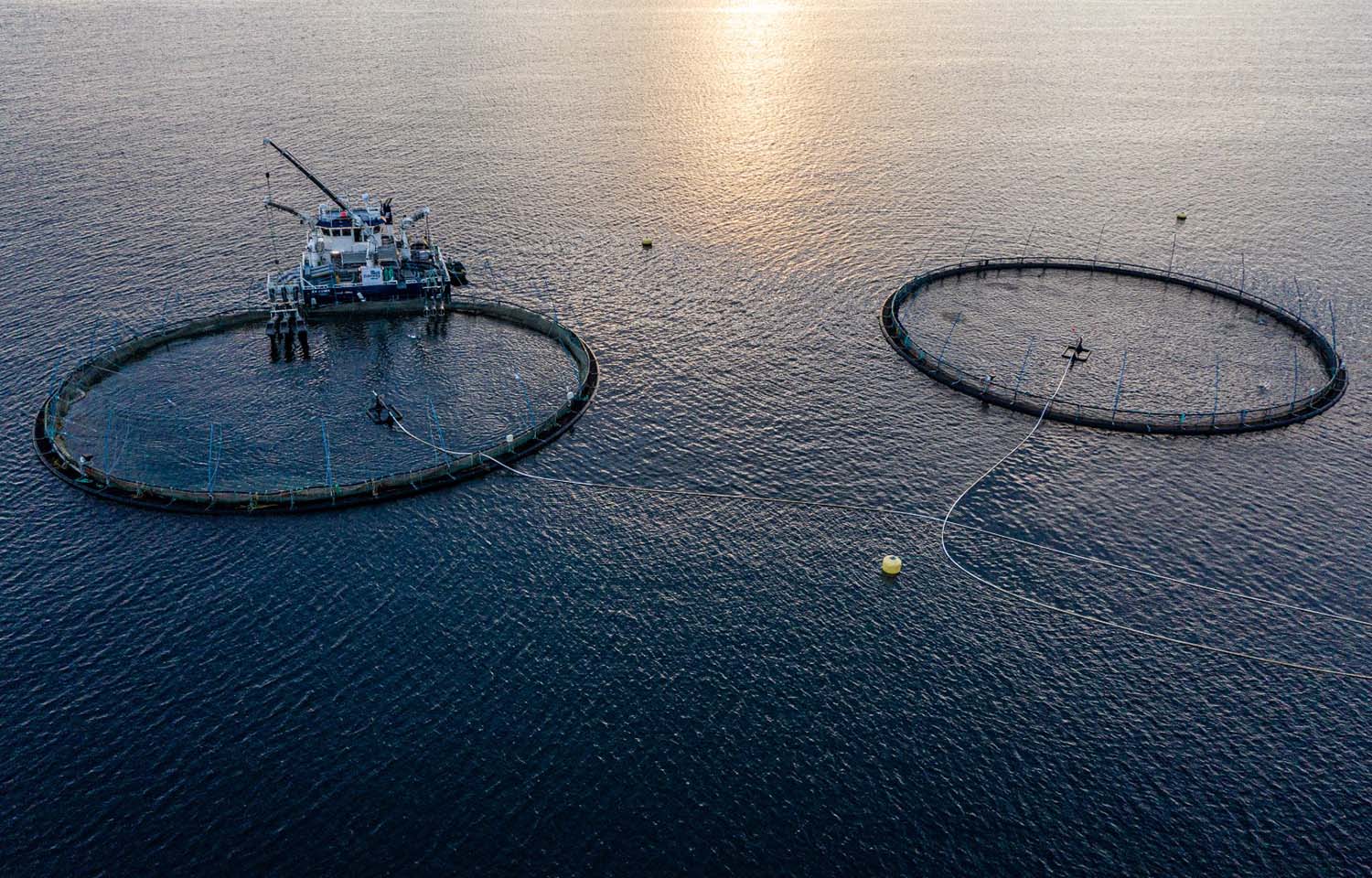Norway’s aquaculture industry continues to be plagued by contagious and deadly fish diseases.
Hofseth and Ewos are dealing with an outbreak of bacterial kidney disease (BKD) at a farm they jointly operate, and Måsøval is coping with a bout of infectious salmon anemia (ISA) at two of its farms.
Hofseth first discovered BKD at its 45134 Bugane salmon and rainbow trout farm in in Sykkylven municipality, Møre og Romsdal county, Norway, on 31 July 2024, using PCR test results and autopsy findings. The Norwegian Food Safety Authority (Mattilsynet) conducted an inspection on 5 August and confirmed the diagnosis on 14 August. The agency said it was not clear how the disease entered the facility.
Mattilsynet is requiring the two companies to slaughter all fish at the site by 15 September. Culling of the site has commenced and will be completed by week 36 of 2024, according to the organization. In addition, Mattilsynet has imposed restrictions on the site, including a ban on moving any fishery-related products from the farm, with the exception of allowing the culled fish to be brought to processing facilities.
Mattilsynet also announced suspected ISA detections at Måsøval’s 12370 Måøydraga and its 32677 Espnestaren farms in Frøya municipality, Trøndelag county, on 9 August.
“Confirmation on sampling results will first be concluded after further testing, until sampling results are confirmed, Måsøval will treat the suspicion internally as a confirmation,” the company said in an 11 August press release. “Strict measures have been implemented to contain the virus and prevent further spread, and Måsøval have notified relevant authorities. A potential confirmation of ISA could result in accelerated harvest of the whole or parts of the sites. The timeline of harvesting of the sites depends on disease course, logistics, and harvesting capacity.”
There are around 1.1 million salmon with an average weight of 3.4 kilograms at the Espnestaren site and 274,000 salmon with an average weight of 3.8 kilograms at the Måøydraga site, according to Måsøval.
Måsøval had been planning to harvest the fish in the Måøydraga in mid-September and the Espnestaren site in mid-December, and as a result of the cullings, it has reduced its production guidance for 2024 from 27,000 to 28,000 gutted-weight tons to 26,500 to 27,500 GWT.
On 29 July, SalMar reported a suspected ISA outbreak at its 10256 Bondøya farm, in Nærøysund, Trøndelag county. Mattilsynet has not provided an update confirming the presence of the disease or whether it had ordered SalMar to cull the site.
On 22 July, Blom Fiskeopdrett and Erko Seafood were also struck by a confirmed ISA case at their jointly managed salmon 11667 Gardskråneset farm in Øygarden municipality, Vestland county. Similarly, Mattilsynet has not provided an update on its plan for the site.
Norway has struggled with a higher-than-normal number of ISA and BKD cases, as well as a wave of pancreatic disease, over the past year. Other major salmon farmers impacted include Mowi and Lerøy in June 2024 and Nordlaks Havbruk in May 2024.
On 4 August, Mattilsynet rejected a proposal from SalMar to open a new salmon farm in Kya, in Frøyhavet municipality, which would have had a maximum allowed biomass of 6,240 metric tons. Mattilsynet said its rejection was due to concerns over introducing additional commercial aquaculture density in an area already severely impacted by disease and sea lice issues in Frøya, according to Hitra-Frøya.








